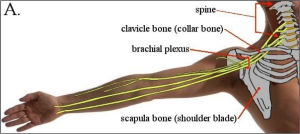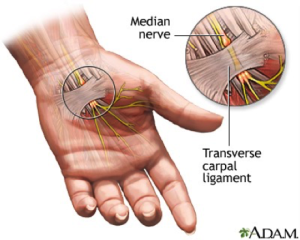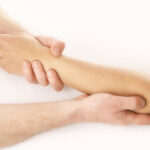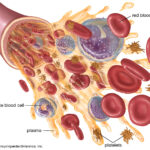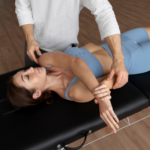Have you ever felt that tingly feeling in your hand or down your arm? That pins and needles feeling or even numbness? How about a pain in your forearms or weakness of grip? I have had first hand experience with all of these and many of my clients have as well. We spend a lot of time on our feet and sometimes that takes all of our attention if there is pain or discomfort, but we also spend a lot of time using our hands and arms and somehow we never think to have them worked on. If you spend any amount of time in the gym, are a weightlifter, powerlifter, obstacle course racer, a computer bound desk-jockey, heck, even runners can have this problem, you need to spend some time making sure your arms and hands are in good working order. What I’m talking about here is peripheral nerve entrapment.
What is Peripheral Nerve Entrapment?
Peripheral nerve entrapment is when nerves that enervate your extremities (e.g. your legs and arms) become compressed through either injury, muscular hypertrophy (muscle growth), or inflammation. The most susceptible areas are going to be around joints like the wrist, elbow, or shoulder.
Common Areas and Causes of Entrapment
The most common case of entrapment that I see is of the ulnar nerve near the elbow. Symptoms may include a dull ache in the medial tricep all the way into the forearm and outside of the hand (inside of the arm).

While many activities can cause this to happen the mechanism is the same: constant use of the arm in a pushing motion (e.g. pressing exercises like bench press and tricep extensions) or pressure on the area around the nerve (e.g. laying your arm on your desk edge for an extended period of time; this is more directly related to the forearm, but the prolonged bend in the elbow can effect the tricep as well.)
Another common area of entrapment is at the wrist, known as Carpal Tunnel Syndrome. This is most commonly seen in those spending a good amount of time at a computer and while typing, rest their wrists directly on the desk. This pressure and repetitive motion can cause inflammation in the surrounding tissue that could eventually trap the nerve causing numbness and pain.
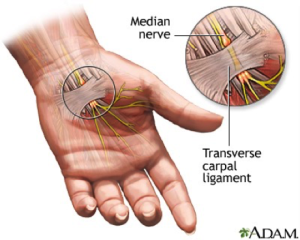
Last, is the shoulder. The common structures in the shoulder area that may cause entrapment are the scalenes in the anterior neck, the pectoralis minor, and then between the clavicle and the first rib. Often it is a combination of these pieces that effect the nerve.
Again, many activities can cause irritation of the nerves that emanate from the neck into the upper shoulder. Common causes may be repeated motions like throwing a ball, pressing exercises, or even holding your shoulder in the same position for a long period of time (e.g. distance runners, dentists). Symptoms of entrapment at the thoracic outlet are pain, numbness, and tingling in the forearm and/or the thumb and first two fingers.
It is important to note that a common symptom among all areas of entrapment can be weakness in grip strength.
